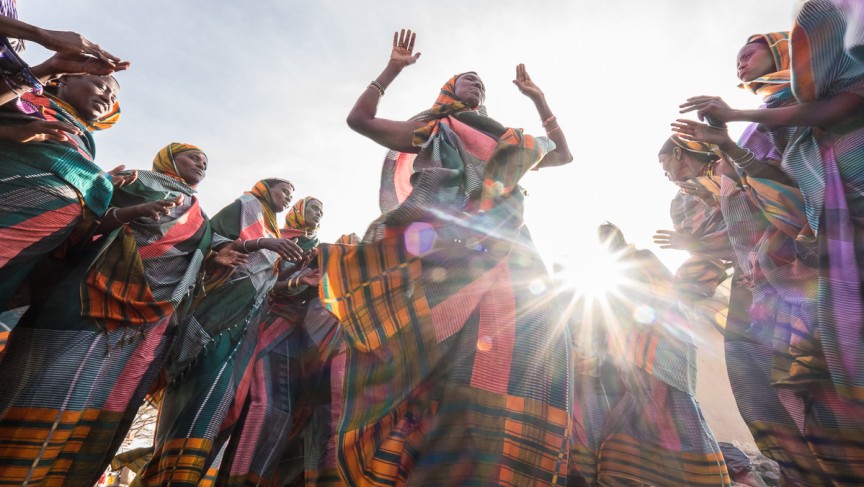Nothing, but nothing, makes a stronger photograph than it being alive. Not perfect focus, not a great exposure. Life. Spark. Energy or emotion that gives you goosebumps and doesn’t let you go all day.
Earlier this week I encouraged you to consider the question: is my work authentic? as one way to take a next step in your photographic work. Today I have another one for you: Is it vital? Is it alive?
These aren’t easy questions, and neither are the next two. They can be answered a million ways, and not easily repeated. How we make an image alive – how we give it that quality that allows it to connect to others on an emotional level – could be the subject of a whole book. It could be the angle of view or the quality of the light, or the choice of moment – any of them connecting to a childhood memory and the power of nostalgia, or the way a chosen moment reflects an emotion in a photographed subject and lights up the mirror neurons in our brains. It might be all kinds of things, but we know when an image ignites us, grabs us, shakes us, and inspires us. And we know when it doesn’t. More complicated, of course, is the fact that not all images will create the same experience in others as it does in us. But we do know when it works for us. And we can learn from those images that do that for us, that create that spark for us. And we can work hard to find that light, those moments, those compositions when it all comes together. And yes, we can learn our post-production and develop a ruthlessness with our edits, too. There are paths aplenty to get us there. The fun – and the work – is in discovering them.
“Make me care. Hook me. Fascinate me. Make me laugh or cry. Create some experience in me that makes me feel something, but for the love of Ansel Adams don’t let that something be indifference or boredom or apathy.”
Find a dozen photographs that you love, not your own, but those of others. The ones that spark your imagination like no others, that make your heart skip a beat, or that you’ve never been able to forget. What made that image, over others, do that for you? It’ll be different for all of us. But collectively there are things that make our hearts and minds experience a photograph as worlds more than just a two-dimensional image made of dots or pixels, tones, and lines. Find those things – be relentless in looking for the ones that you resonate most with – put those things into your image, regardless of the subject matter. A look. A gesture. A juxtaposition. A story. A mood. Make me care. Hook me. Fascinate me. Make me laugh or cry. Create some experience in me that makes me feel something, but for the love of Ansel Adams don’t let that something be indifference or boredom or apathy.
Like I said, this is not an easy question. Like the last question – Is it me? – this is part of the universal struggle of making art. If the answer was easy, found in a 5 minute YouTube tutorial or a 140-character Tweet, it wouldn’t be an answer at all because shortcuts and templates are notoriously bad at addressing the desires of the human heart for something alive and honest, no matter how hard we wish it were otherwise.
Tell the World, Share this Post.


Comments
I know exactly how Rodrigo feels. Working on it. Great article.
Pingback: Your Next Step: Vital Work – news.iNthacity
Great article, very inspirational!
Right now, I´m going through a period of low motivation to photograph; it seems that my images look all the same and no subject at all excites me. Finding those things that make a difference for us in our favorite images seems to be a good way to try new ways of photographing.
Regards, Rodrigo Feistauer
Thanks for this advice, Dave. I’ve grown a lot as a photographer in the past year, thanks to advice like this from you.
I make my living as a family photographer (and I mean living in a more full sense than just money). I can’t tell you how many times I have delivered a poorly exposed / out of focus photograph as part of a collection, because it was alive. Everything inside me screamed “hit reject, don’t give them this!” But I give it to them anyway, just in case it means as much to them as it does to me. So often it is one of their favorites, if not their absolute favorite, from the whole collection. I’m worried that if these imperfect photos float around FB too much I might get a bad name as a photographer. The image quality is clearly inferior to the images of other photographers on FB (etc.). Instead, it leads to referrals. “Look at this photo, look what he did for us!”
Thanks for your help, Dave. You wouldn’t believe the number of times I’ve pushed through a horrible day and made some great photos, thanks to your advice.